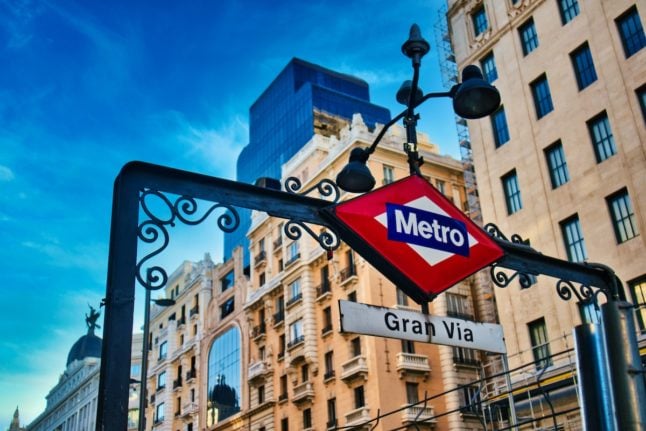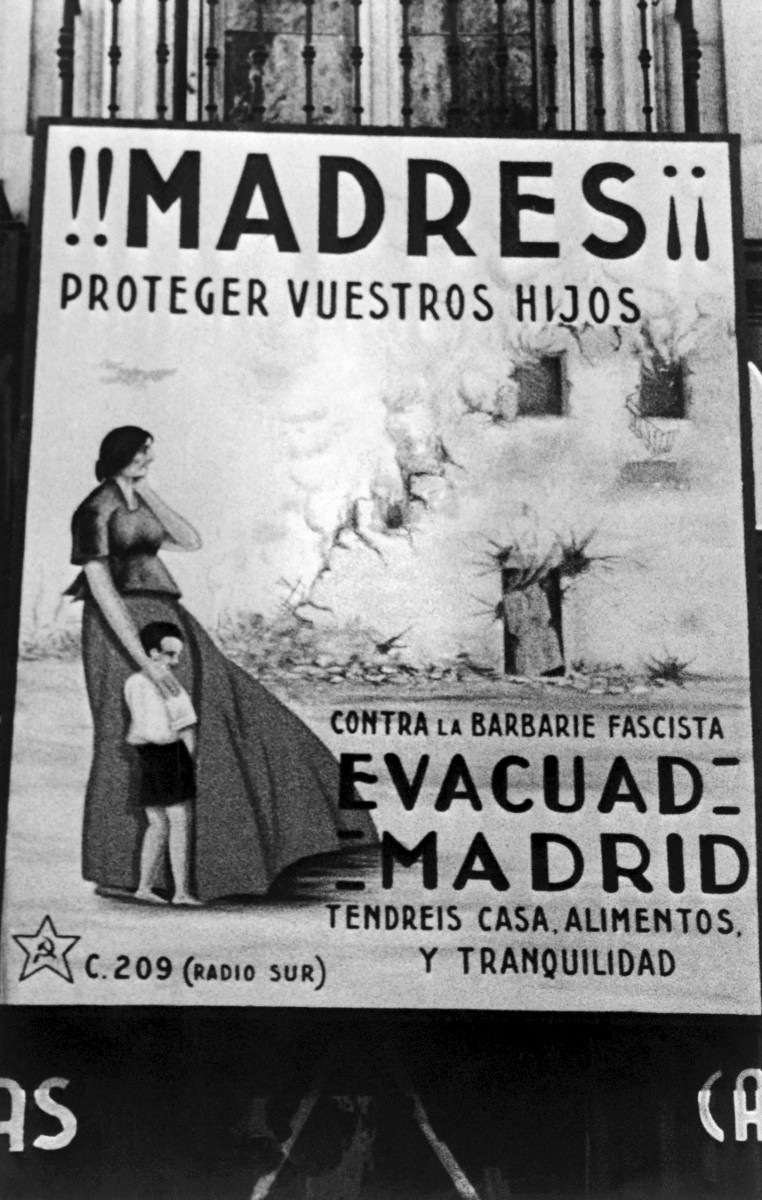For new and old residents alike, Madrid can sometimes seem overwhelming given its size, but fortunately, these apps can make life a little easier, from helping you find a parking space to booking health appointments and navigating your way around the city. Here are some of the best Madrid apps.
Metro de Madrid
Most Madrid residents can’t get far without using the metro, so this is really one of the most important apps you can have if you regularly travel around the city. It allows you to see waiting times for your nearest station, the stations that are closest to you, metro maps, the status of the network and information about tickets and fares. It will also let you know how much credit is left on your travel card. It’s available for iOS here and Android here.
Madrid Móvil
This is the official app from the Ayuntamiento de Madrid (Madrid Townhall) and really is a must-have for any Madrid resident. It covers a wide range of topics and can be used for everything from finding out where the nearest public toilets and water fountains are located to receiving city-wide alerts and booking a padel court. It’s available for both iOS and Android.
READ ALSO: Madrid to keep schools open to pupils during holidays
Telpark
If you own a car and live in Madrid, then you’ll know what are nightmare parking can often be. This app can be very useful if you want to find out what zones you can park in and search for parking meters. You can even pay for parking directly through the app, which will also remind you how much time you have left in your space. It’s available for both iOS and Android.
La Guía del Prado
Art lovers will find this app for the city’s famed El Prado museum extremely helpful when looking around. It includes more than 400 works of art with comments from the experts, as well as information about the history of the piece and all about the artist themselves. It’s available for iOS and Android.
BiciMAD
Madrid’s electric bike-sharing scheme also has its own app. Managed by the Municipal Transport Company of Madrid, the scheme has a fleet of more than 2,000 bicycles distributed across 165 stations. The app enables users to search for the nearest bike station, top up their balance, reserve a bike ahead of time and report any incidents. It’s available here for iOS and here for Android.
Guía de Arquitectura Madrid
If you’re a fan of great architecture, then you’ll enjoy this app from the Official College of Architects of Madrid (COAM). It allows you to discover all about the city’s architectural gems, as well the lesser-known ones. It allows you to see various photos of the buildings and also find out about the most interesting building near you. You can download it for iOS and Android.
Cita Sanitaria Madrid
This app, while not particularly entertaining, will save you a lot of hassle when it comes to the Madrid health system. From here, you will be able to book appointments, access your test results and get in contact with your local health clinic. You can download it for iOS and Android.
Imageen Madrid
If you’re into history, this app is a great choice to get to know the city’s past even better. It enables you to see the city as it once was. Simply point your smartphone at landmarks such as the Puerta del Sol or Gran Vía and you will be able to see a split screen showing you what they look like now and in the past. It also provides you with virtual guides so you can learn about how daily life was back then too. It is available on iOS here and on Android here.




 Please whitelist us to continue reading.
Please whitelist us to continue reading.
Member comments